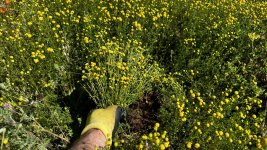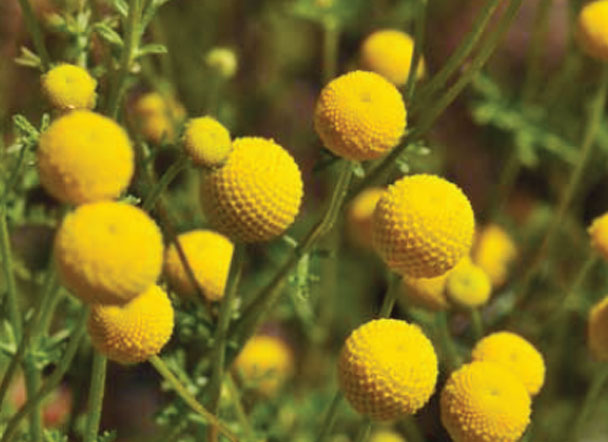Cactus Squatter
Well-known member
There’s a plant that’s super invasive where I live that is native to SA and also has large populations in Australia. The Stinknet/Globe chamomile. Oncosiphon piluliferum.

So my question is, has anyone ever seen any kind of insect or animal eating this stuff? Anything natural you’ve ever seen that keeps it in check?
There isn’t anything much I can find for info aside from which herbicides work on it (which we can’t use due to proximity to wetlands).
We pull out thousands of bags worth of this every spring attempting to keep it from spreading across our deserts and I’d love to find a way to be more efficient in tackling it.
Thanks all.

So my question is, has anyone ever seen any kind of insect or animal eating this stuff? Anything natural you’ve ever seen that keeps it in check?
There isn’t anything much I can find for info aside from which herbicides work on it (which we can’t use due to proximity to wetlands).
We pull out thousands of bags worth of this every spring attempting to keep it from spreading across our deserts and I’d love to find a way to be more efficient in tackling it.
Thanks all.




